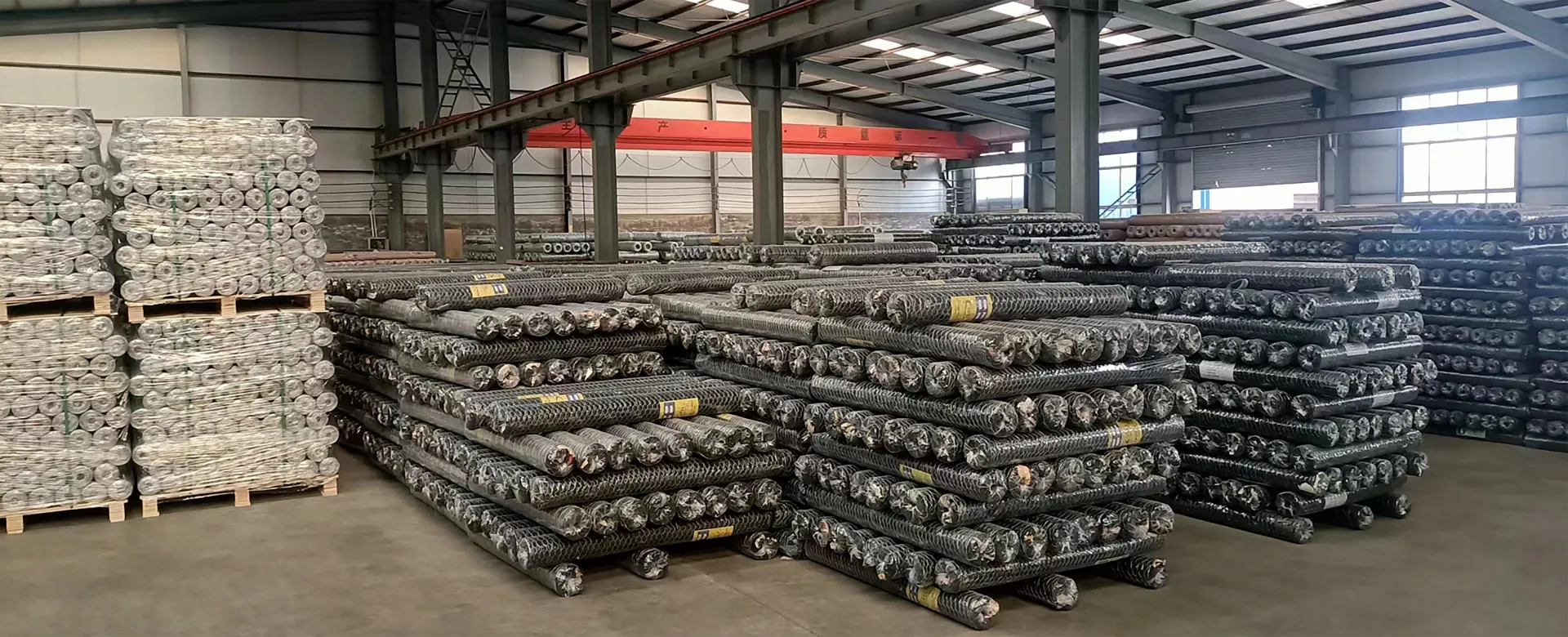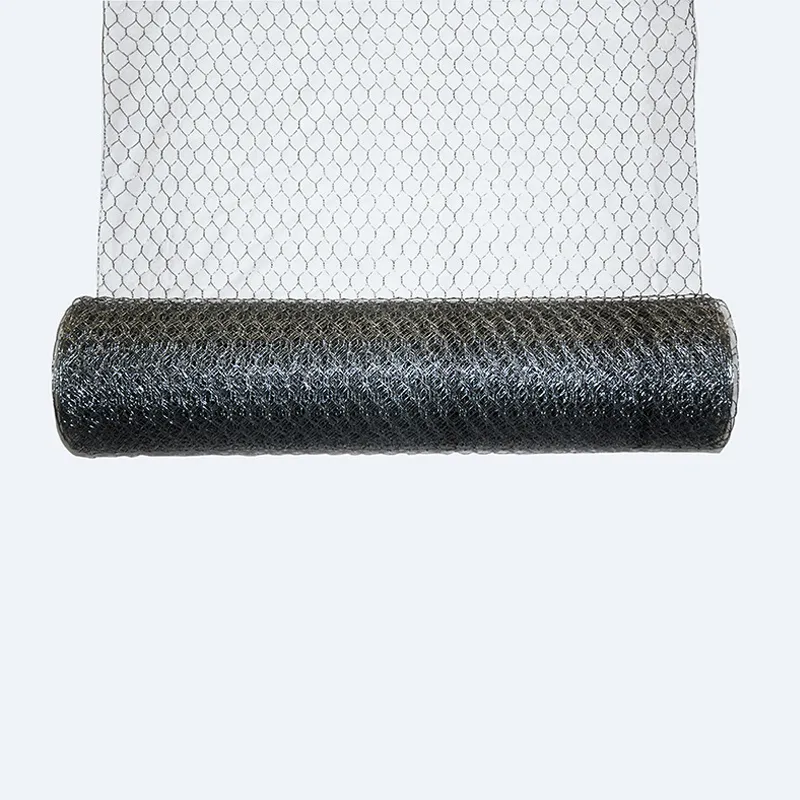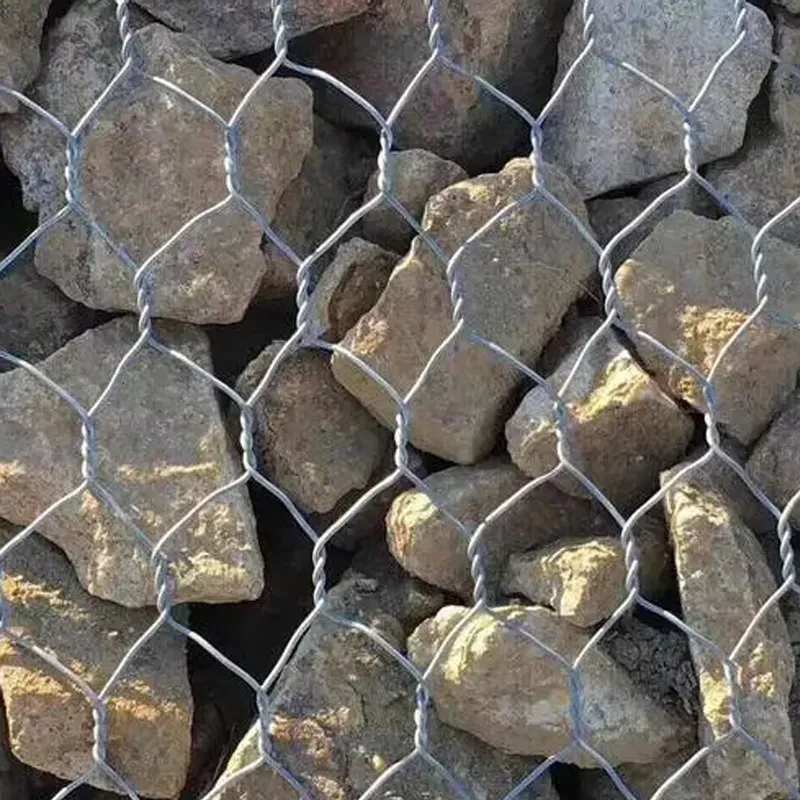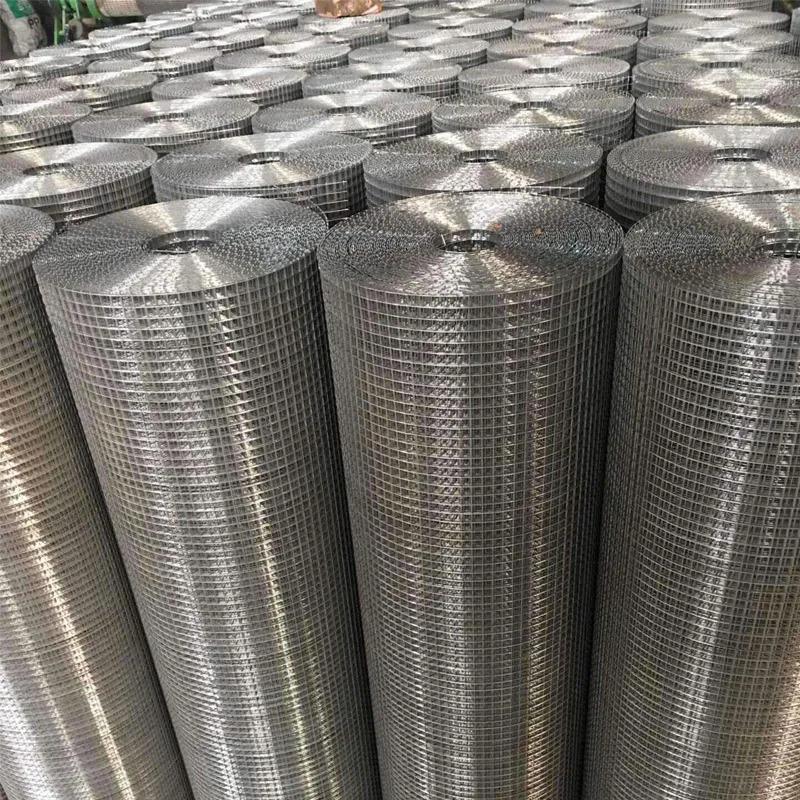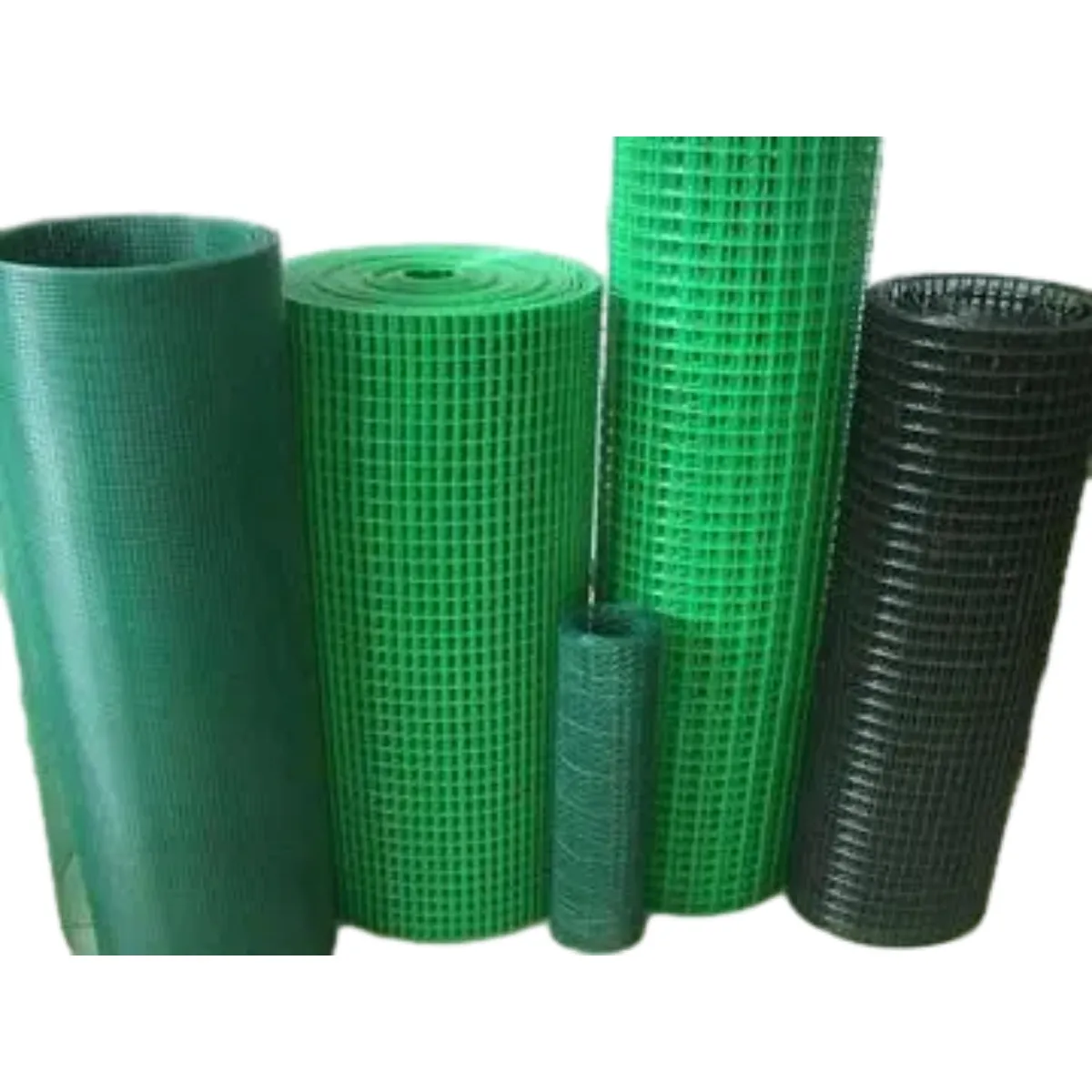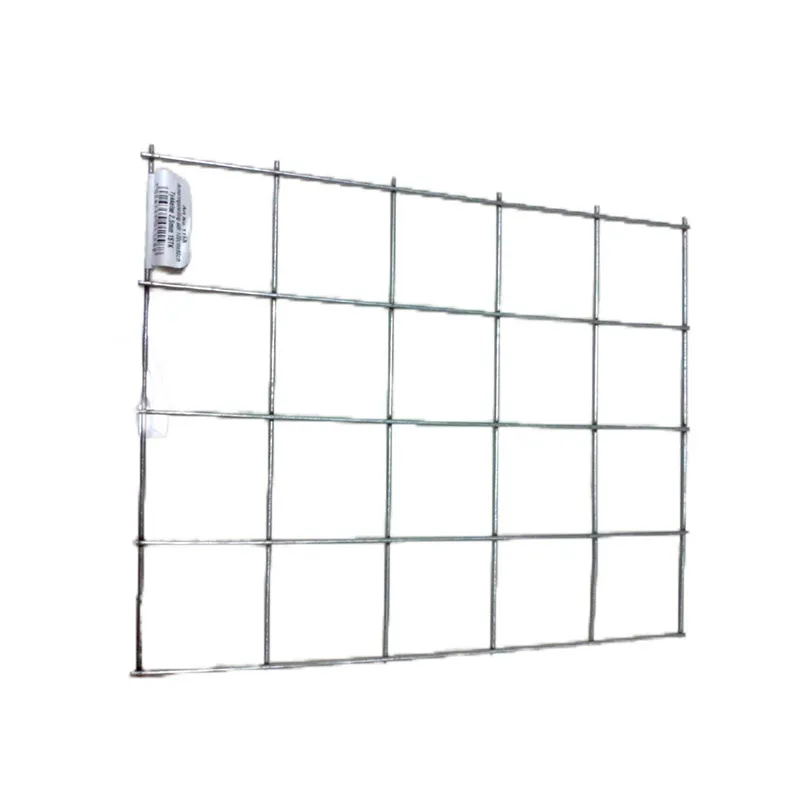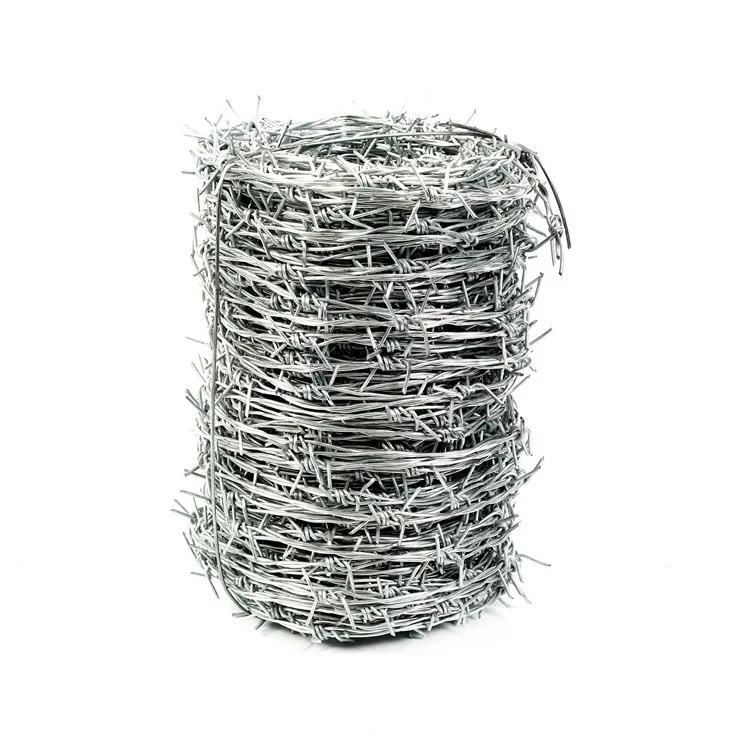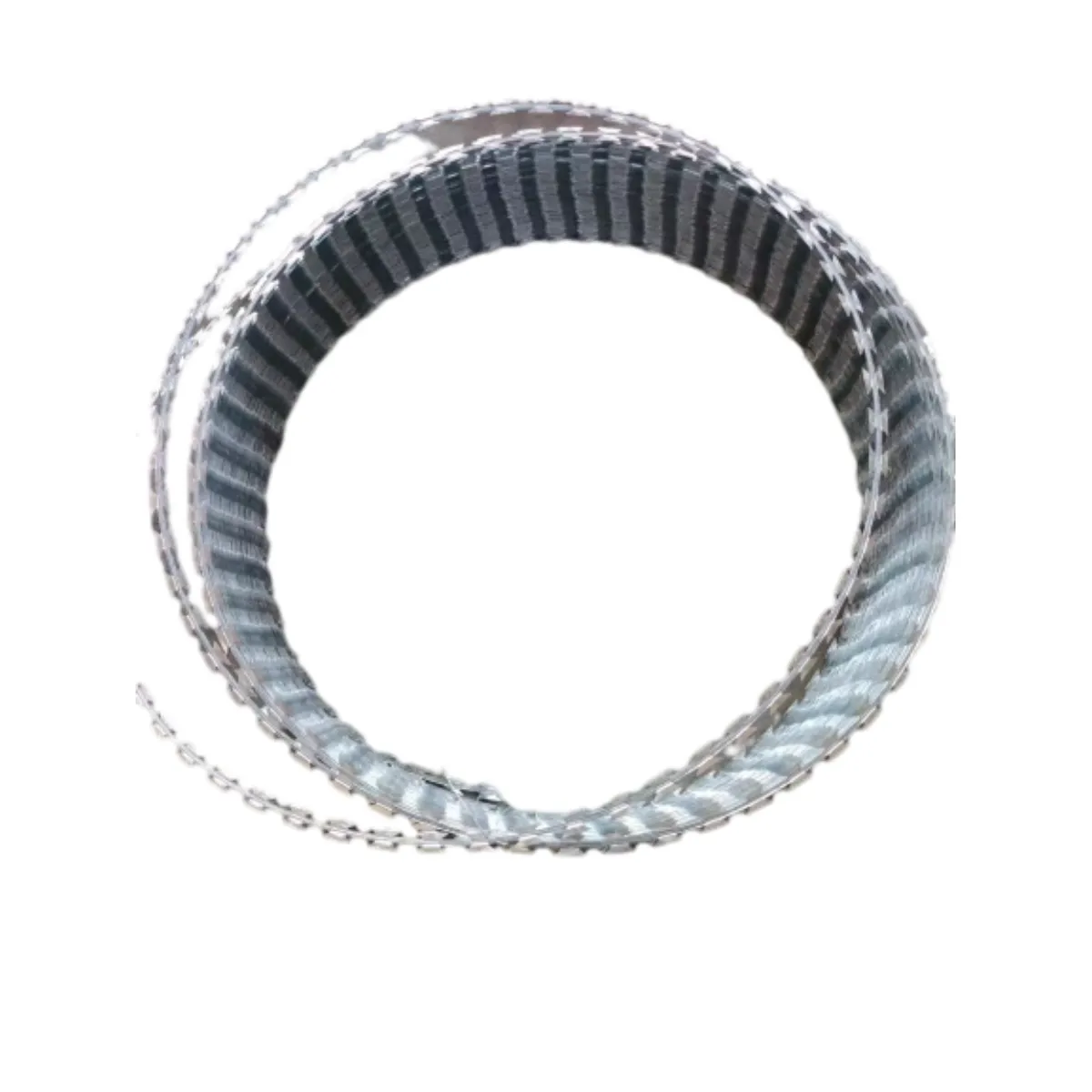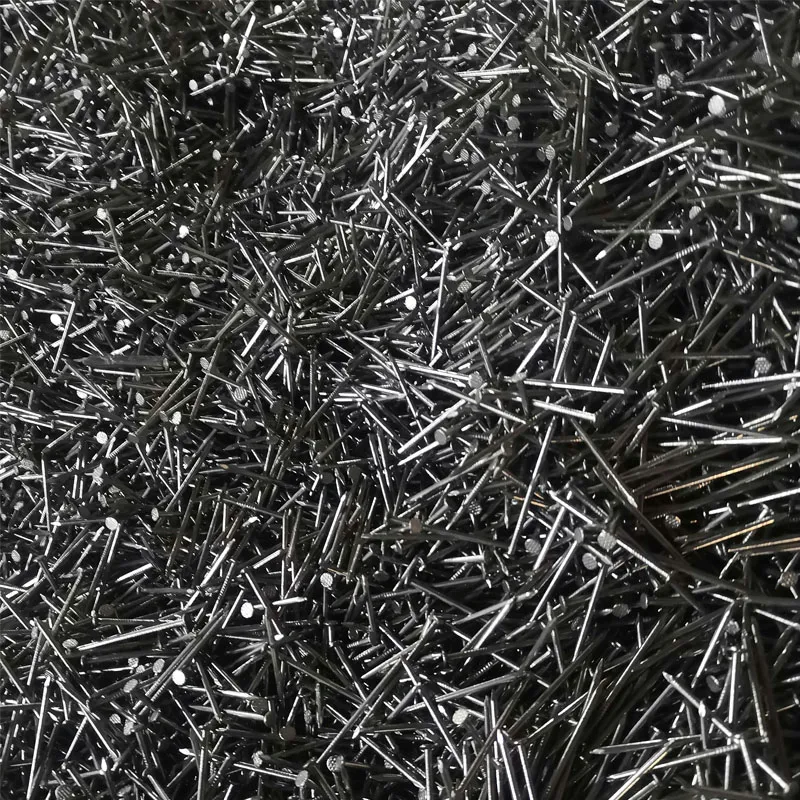Aug . 11, 2024 18:46 Back to list
Exploring the Benefits and Features of High Tensile Field Fencing for Agricultural Use
High Tensile Field Fencing A Durable Solution for Livestock Management
In the realm of agricultural fencing, high tensile field fencing has emerged as a robust and efficient solution for managing livestock and protecting crops. This type of fencing consists of high-strength wires designed to endure significant tension without compromising structural integrity. With its durability and adaptability, high tensile fencing has become a preferred choice for farmers and landowners worldwide.
High Tensile Field Fencing A Durable Solution for Livestock Management
The design of high tensile fencing also allows for greater flexibility in terms of spacing and configuration. Farmers can choose various designs, including single strand and multi-strand configurations depending on the specific needs of their operation. Multi-strand fences are particularly effective for containing large animals, such as cattle and horses, while single strands can be sufficient for smaller livestock like sheep and goats. This versatility enables farmers to customize their fencing to suit their unique agricultural landscapes and livestock management practices.
high tensile field fence
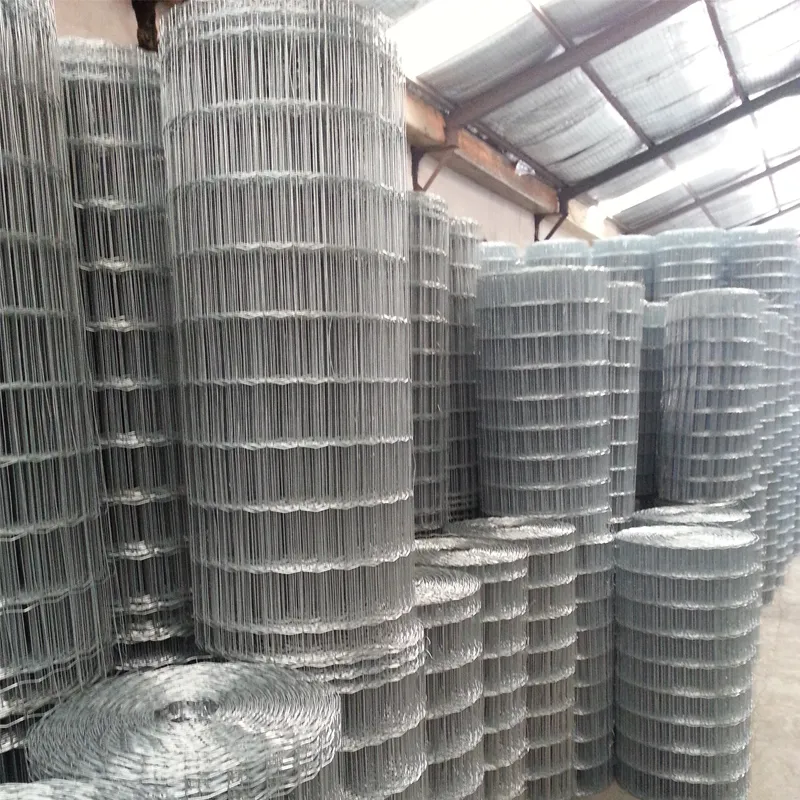
Another significant advantage of high tensile field fencing is its ability to contain animals securely. The tight construction and high tension minimize the risk of animals escaping or becoming entangled, thereby reducing the chances of injury. Additionally, the height and spacing of the wires can be tailored to prevent animals from jumping over or crawling under the fence. This is especially crucial in regions where predators may threaten livestock, as a well-constructed high tensile fence acts as a formidable barrier.
Moreover, high tensile fencing is not just beneficial for livestock management but also for maintaining secured boundaries around crops. With the increasing prevalence of wildlife foraging on agricultural lands, having a robust fencing solution is essential. High tensile fences can deter deer, rabbits, and other animals that pose a threat to crops. By establishing clear boundaries, farmers can protect their harvests and reduce losses caused by wildlife interference.
Installation of high tensile fencing does require initial expertise and effort, as it is vital to ensure that the posts are properly set and that the wire is tensioned correctly. However, many farmers find the investment in professional installation pays off in the long run, as the maintenance needs are minimal compared to traditional fencing methods. Once in place, high tensile fencing requires occasional inspections for wear and tear, but it generally holds up well against environmental elements.
In conclusion, high tensile field fencing represents a modern, effective, and durable solution for livestock management and crop protection. Its strength, adaptability, and longevity make it a favorite among farmers looking to safeguard their investments while ensuring the well-being of their animals. As agricultural demands evolve and the need for efficient land management increases, high tensile fencing stands as a testimony to innovative farming practices that meet the challenges of today's agricultural landscape. Embracing high tensile field fencing can lead to safer, more productive farms, ensuring that farmers can focus on what they do best—cultivating and caring for their land and livestock.
-
Weather Resistance Properties of Quality Roofing Nails
NewsAug.01,2025
-
How Galvanised Iron Mesh Resists Corrosion in Harsh Environments
NewsAug.01,2025
-
Creative Landscaping Uses for PVC Coated Wire Mesh Panels
NewsAug.01,2025
-
Common Wire Nail Dimensions and Their Specific Applications
NewsAug.01,2025
-
Choosing the Right Welded Wire Sheets for Agricultural Fencing
NewsAug.01,2025
-
Anti - Climbing Features of Razor Wire Barriers
NewsAug.01,2025

